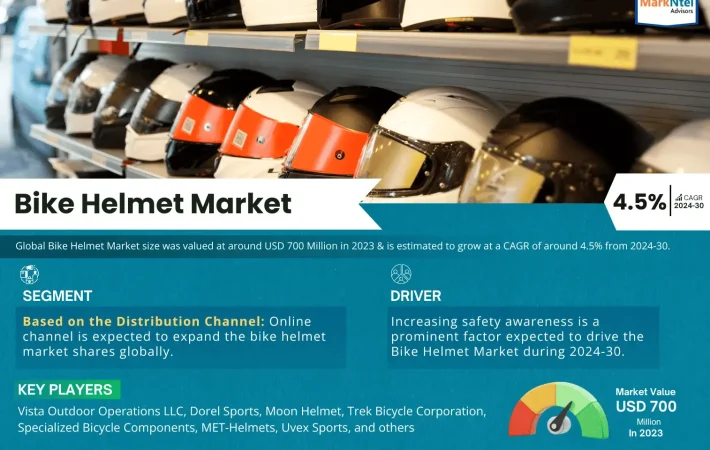When you go shopping, you might find yourself buying the cheapest item. It’s tempting to save money, but other buying factors can be important too, and should be taken into account alongside the cost. Such as? Well, guess you’ll have to read on.
Why pay more for higher quality?
If you are going to spend money on something, shouldn’t you spend less? If it costs $20, surely you would prefer to spend $15? Well, sometimes yes. But it isn’t always the smartest move.
There are other measurements of value in addition to cost. The feeling you get from a product is also a measure of value, and it’s not always something that you get from the cheapest items. If you have saved the most money, but feel terrible about the experience, was it really worth the savings?
Five reasons why quality is better than cost
Here are five reasons why quality (or more generally, non-cost factors) is better.
1. Cost isn’t important in itself.Yes, you want money, but it isn’t the true purpose of buying. The real purpose is to get what you need. It’s often best seen as a means to an end.
2. You don’t feel good about spending cheap money.Money has value, and spending it feels good. Paying more for an item can give you a boost.
3. You may not be saving money.The cheapest option might not cost less in the long-run. The item might break quickly, meaning you’ll need to buy it again soon.
4. You won’t enjoy it.The enjoyment you get is a metric of value, and is sometimes more important than straight cost.
5. It might look bad.A business might sell a cheap item to offer you the lowest price, but this might paint a picture of them that you don’t want to support.
The Pitfalls of Choosing the Lowest Price
While it might seem like an obvious choice to save money by choosing the cheapest product or service, this isn’t always the best route, and there are many costs that can make the lowest price not worth considering. Here are some drawbacks connected with low cost:
Impaired Quality: To maintain a lower price point, compromises often have to be made somewhere along the supply chain. This can result in poorer-quality materials and less-skilled workmanship.
High Long-Term Cost: Lower-priced items can be more expensive in the long run if they frequently need to be replaced or restored.
Lacking in features, functionality or performance: Budget-friendly options may be lacking in features, functionality or performance when compared with more expensive alternatives. As a result, you will be more unsatisfied with the product or service you purchased and out of it.
Lack of Customer Service and Support: The lowest-cost options may skimp on customer service, which could mean you lack support if something goes wrong – particularly if your purchase is complex or is otherwise important to you.
Possible safety risks: In some cases, especially in products such asiles or health services, if you choose a cheaper option, it may be unsafe. For example, the quality standard of manufactured goods may be lower so there may be safety risks.
The Advantages of Prioritizing Quality
If you can spare the funds, there is a raft of benefits that come with investing in quality goods over mere commodities. Here are some of the advantages of buying quality products:
Superior Sustainability and Reliability: Premium products are built to last. They are often made with better materials and craftsmanship, which results in superior sustainability and reliability.
Quality products and services offer a better experience to the user – better performance, features, usability, and all around enjoyment.
Superior Customer Service and Warranty: In general, reputable companies supporting a higher-quality product often provide better after-sales service and warranty. This customer service can be an absolute lifesaver when problems arise.
Long-Term Savings: quality products might cost more to buy, but you could save some money in the long-term since you won’t have to replace or repair your gadgets as often, and they’ll be more energy efficient.
Peace of mind: the assurance that you’ve purchased a good product or service That’s how we often talk about the value of things, particularly when it comes to products or services. Should we spend the money on something because it will give us peace of mind? The logic goes like this: if you know it’s a good product or service, then you won’t have to worry about it. It will likely work as advertised, and you won’t have to be up at night, worrying about it not working. It will allow you to focus on other things, not having to deal with a stressful issue.
Making Informed Decisions: Factors to Consider
Where available, look beyond price in making choices. Use this checklist to help you:
Brand Reputation: Look into the brand’s reputation for quality and reliability. You’re generally better off with an established brand that has good reviews, as well as a track record of satisfied customers.
Customer Reviews and Ratings: Read customer reviews and ratings to get a general sense of how well a product or service performs and whether it’s reliable or not. Try to discern patterns in what people are writing.
Material and build quality: What are the product’s materials and build quality? Higher quality materials and build standards usually equate to higher durability and performance.
Warranty and Return Policy: Review the warranty and return policy. A generous warranty offers reassurance that the company stands behind its product and provides you with a corresponding safeguard.
Feature Set and Performance: What features and performance does the product or service provide? Does it perform the task, play the role, or solve the problem for which it’s made? Is it well made? Does it meet your needs? Is it good value for the price?
Conclusion
There is no doubt in our minds that saving money is one of the best things you could ever do. That said, opting for the cheapest option can sometimes be a terrible (but costly) decision. Identifying a product or service that balances quality with money saver and also result in a better experience in the long term. When assessing whether the quality ingredient is worth the extra cost, we try to remember that just because something is cheap, it doesn’t necessarily mean that it’s a great deal. Investing in quality doesn’t just mean spending more money; it can mean making a more informed decision that leads to your having a better experience and more peace of mind.






Leave a comment
Your email address will not be published. Required fields are marked *